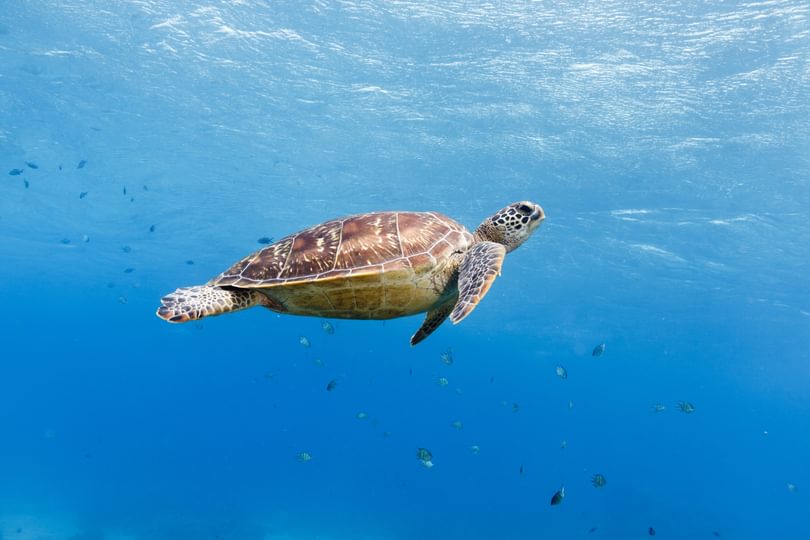
As someone passionate about marine ecosystems and their management, the UK spring economic statement doesn’t usually impact my day to day work, but today was different. The chancellor of the exchequer, Phillip Hammond, just announced that “The government will support the call from the Ascension Island Council to designate 443,000 square kilometres of its waters as a Marine Protected Area, with no fishing allowed”.
This announcement is particularly welcome in light of our recent paper focused on the economic and practical viability of designating a Marine Protected Area (MPA) around Ascension Island, a remote British Overseas Territory located in the South Atlantic Ocean. As we note in the paper, long-term conservation benefit of this MPA is dependent on “ongoing financial and institutional commitment on the part of the UK government, backed by public support”.
Small island states such as Ascension Island are often limited by institutional and economic capacity to monitor and manage such large marine estates. Historically, a sizable proportion of the Ascension Island economy has been derived through fishing, yet this fishery has been in decline across the South Atlantic region since the late 1990s.
To designate 443,000 square kilometres will not be a trivial decision for the Island Council. This commitment equates to the majority of the Exclusive Economic Zone; an area defined by the 200 nautical mile limit, in which coastal states have control of marine resources. There is a potential loss of access to this revenue stream if the fishery improves. Reassurance from the UK government of financial support will, therefore, be more than welcome.
Working in collaboration with OceanMind, a not-for-profit organisation working to increase the sustainability of fishing globally, and the Ascension Island Government, our paper addressed two principle questions: (1) Could a protected area around Ascension Island represent more than protection on paper, a so-called “paper park”? and (2) Could a well-run licensed fishery provide locally-generated revenue to manage a fully closed area?
In the paper we used satellite technologies, to assess levels of compliance with the closed and licensed fishery, but also examined the economic arguments for keeping half the EEZ open and managing it as a licensed fishery. We were able to show high levels of compliance with protected area borders, suggesting the MPA can be a success. However, uptake of fishing licences in the region open to fishing has been minimal, and insufficient to operate a licensed fishery in parallel with or independent of an MPA. Designation of 443,000 square kilometres of the EEZ as an MPA can, therefore, be justified.
Ascension Island is often described as a treasure trove of marine biodiversity. It is home to one of the largest and healthiest green turtle rookeries in the Atlantic and a million seabirds breed and forage on its shores. The sensitive nearshore ecosystems and surrounding waters are home to 173 different fish species, many of which are unique to the island’s waters. Yet, there are also fish such as tuna and swordfish which attract a high commercial value and are therefore targeted by international commercial fishing fleets.
The commitment today on the part of the UK government is encouraging, and we now await a decision by the Ascension Island Council. Effort is still required to ensure the commitment continues through successive parliamentary cycles and delivers a legacy of marine conservation around Ascension Island.
This opinion piece reflects the views of the author, and does not necessarily reflect the position of the Oxford Martin School or the University of Oxford. Any errors or omissions are those of the author.
